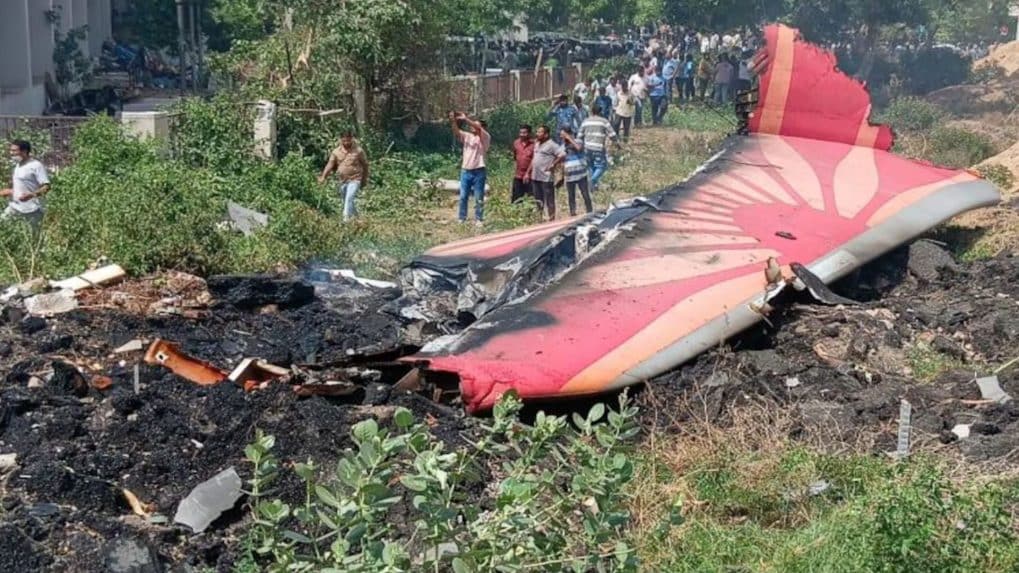Air India crash: Experts warn of AI-generated fake reports and social media misinformation
So far, the Ministry of Civil Aviation (MoCA) has held just one press briefing since the tragic crash, which experts believe has only worsened public confusion and fuelled the viral spread of misinformation.
ADVERTISEMENT
Amid the investigation into the devastating crash of Air India flight AI 171 in Ahmedabad that claimed 261 lives, aviation experts are sounding the alarm over a parallel crisis - an influx of misinformation, including AI-generated fake reports and speculative theories that are circulating widely in the absence of timely official updates, according to media reports.
"There is an information vacuum out there, and it's being filled by nefarious actors," said Peter Hörnfeldt, a commercial pilot and aviation educator, in a media interview. "People are wildly speculating without any kind of basis about the causes - maybe with good intentions - but there are also these AI-generated interim reports that are making the rounds," he added.
Also Read: Air India pledges cooperation as probe report of the deadly Ahmedabad crash emerges
According to the IE report, multiple aviation professional echoed Hörnfeldt's sentiment, warning that GenAI-generated reports are becoming increasingly convincing - and dangerous. They stressed that very few people have the expertise to distinguish between credible findings and fabricated content.
So far, the Ministry of Civil Aviation (MoCA) has held just one press briefing since the tragic crash, which experts believe has only worsened public confusion and fuelled the viral spread of misinformation.
What the preliminary report reveals
The Aircraft Accident Investigation Bureau (AAIB) last week released its 15-page preliminary report on the crash of the Boeing 787-8 aircraft, shedding light on the sequence of the events.
According to the report, within second of lift-off, both engine fuel control switches of the aircraft transitioned from the 'RUN' to the 'CUTOFF' position - one after the other, just a second apart - leading to the catastrophic shutdown of all engines. The resulting loss of thrust led to the crash that unfolded shortly after take-off.
Fuel samples taken from bowsers and tanks used to refuel the aircraft were tested at the Directorate General of Civil Aviation (DGCA) lab and found satisfactory.
However, investigators noted that only a limited amount of fuel could be recovered from the aircraft's APU filter and left-wing refuel/jettison valve. These minimal samples will now be sent to a specialised lab equipped to test small quantities.
Also Read: Air India - Ahmedabad crash probe preliminary report: Boeing issues statement

